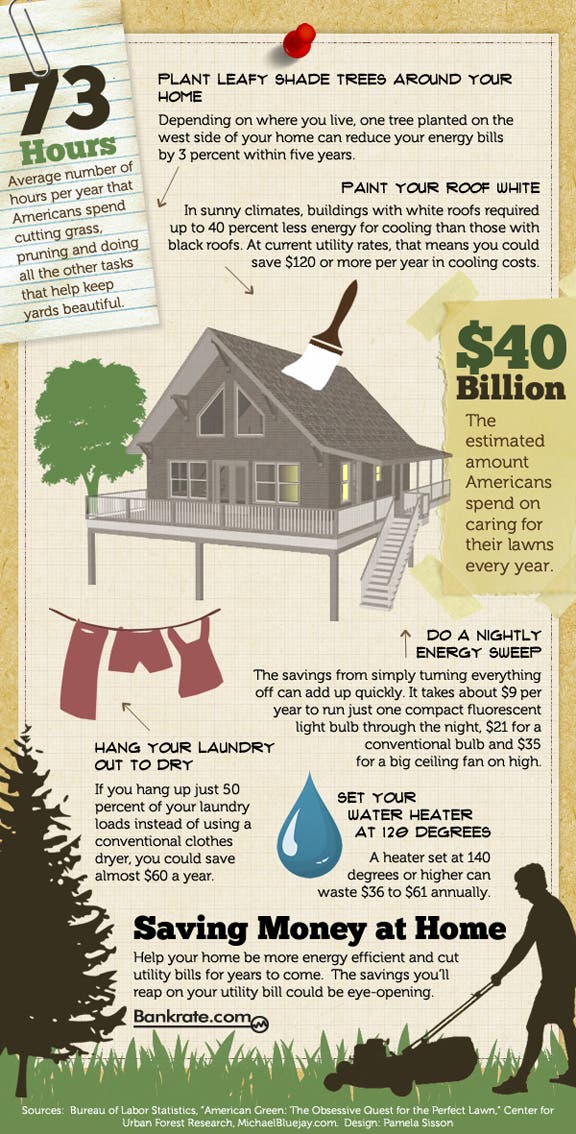Tree Treatment By Period: Efficient Techniques For Managing Trees Prior To And After Their Removal
Tree Treatment By Period: Efficient Techniques For Managing Trees Prior To And After Their Removal
Blog Article
Author-
When it involves seasonal tree care, guaranteeing correct management before and after elimination can considerably impact the health and aesthetic appeals of your landscape. By recognizing the essential steps involved in evaluating tree wellness and planning for removal, you can proactively secure your residential or commercial property. However what concerning the critical practices to follow when the tree is gone? Keep tuned to find the necessary post-removal care steps that will certainly help you cultivate a successful and sustainable setting for your trees.
Pre-Removal Tree Care
Before resolving the elimination of a tree, it's vital to prioritize pre-removal tree treatment. Begin by examining the tree's wellness and structural integrity. Try to find signs of condition, insect problems, or any kind of architectural issues that might posture a safety and security risk throughout elimination. It's necessary to seek advice from a certified arborist to identify the very best course of action.
Pruning family tree service or unhealthy branches can avoid additional damages to the tree and guarantee a smoother removal process.
Additionally, consider the environmental influence of eliminating the tree. Trees play a vital function in our environment, so planting a brand-new tree in an appropriate place can help offset any type of loss. Guarantee that you have the needed authorizations and consents for tree removal, especially if the tree is secured by local regulations.
Seasonal Upkeep Tips
Assessing your tree's requirements throughout the year is vital for its health and wellness and longevity. To keep your trees in leading problem, adhere to these seasonal upkeep suggestions.
In spring, concentrate on pruning to remove dead or damaged branches and encourage brand-new development.
Summer calls for normal watering, especially during dry spells, to ensure your tree stays hydrated.
As fall approaches, keep an eye out for early indicators of disease or stress and anxiety, and consider using mulch to secure the origins during winter season.
In winter season, beware when eliminating snow from branches to prevent breakage, and continue to check your tree's general health.
Remember to change your care regular based on the certain demands of your tree varieties and regional climate. By remaining mindful and positive throughout the periods, you can assist your trees grow and grow for many years to find.
Post-Removal Tree Treatment
To ensure the wellness of your landscape also after tree elimination, appropriate post-removal care is necessary. After a tree is removed, it's vital to fill the remaining hole with topsoil and portable it to stop settling. This will certainly aid maintain the stability of the ground and avoid possible threats in the future.
Consider growing brand-new greenery instead of the gotten rid of tree to restore the balance and appearances of your landscape. Frequently water the area to promote the development of new plants and prevent soil erosion.
Inspect the bordering trees for any indicators of disease or stress that might have been caused by the removed tree. Keep how to become certified arborist out for bugs that could've been brought in to the previous tree and take preventive measures to protect the continuing to be greenery.
If necessary, seek advice from a specialist arborist to evaluate the effect of the removal on the bordering trees and establish any type of additional treatment required. By adhering to these post-removal treatment actions, you can make certain the continued wellness and charm of your landscape.
Final thought
Finally, proactive seasonal tree care is essential for maintaining the wellness and balance of your landscape. By assessing tree wellness, trimming, and consulting with an arborist prior to removal, you can make sure a risk-free process. After elimination, filling the hole, growing new greenery, and regular watering will promote new development and prevent erosion. Remember to inspect bordering trees for condition and look for further care actions from an arborist to maintain your landscape thriving.
